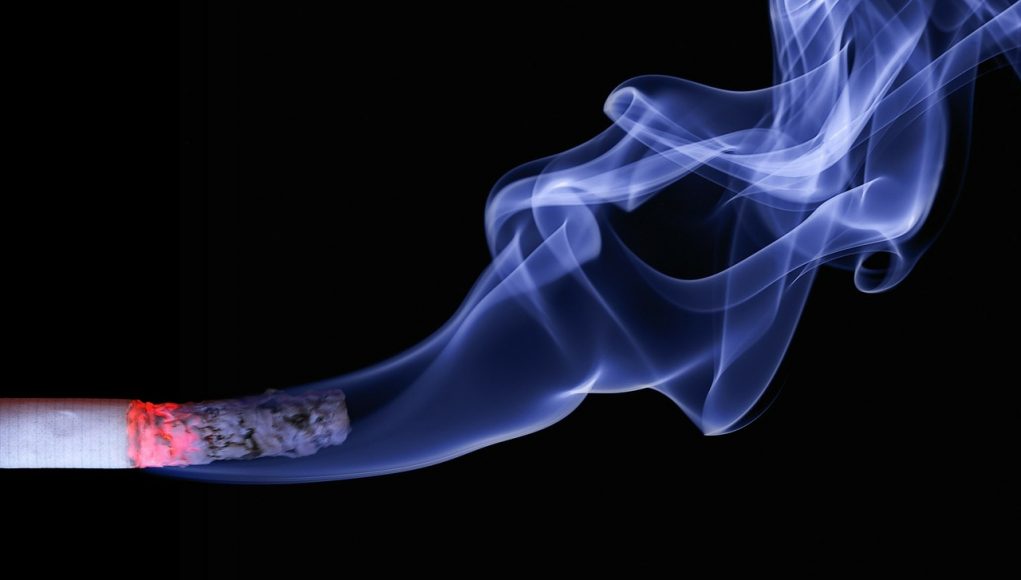While most smokers are aware of the dangers of secondhand smoke, fewer know about the dangers of thirdhand smoke pollution, which results from the harmful chemicals in tobacco smoke settling on surfaces. The study titled, “Remediating Thirdhand Smoke Pollution in Multiunit Housing: Temporary Reductions and the Challenges of Persistent Reservoirs,” aimed to identify the the effects of different cleaning methods on such chemicals.
The study participants were split in three groups. The first were assigned to dry/damp cleaning followed by wet cleaning 1 month later, the second to wet cleaning followed by dry/damp cleaning 1 month later, and the third dry/damp and wet cleaning applied the same day.
The researchers measured the levels of nicotine on surfaces and in dust before smoke exposure, immediately after, and 3 months after the cleaning, using liquid chromatography with triple quadrupole mass spectrometry (LC–MS/MS).
All cleaning methods reduced nicotine only temporarily
The study results indicated that nicotine contamination was immediately reduced in all three groups following cleaning. However, regardless of the cleaning method, nicotine contamination in all homes increased again during the three months following cleaning.
“Over a 4-month period prior to cleaning, surface nicotine levels remained unchanged (GeoMean change: −11% to +8%; repeated measures r = .94; p < .001). Used separately, dry/damp and wet cleaning methods showed limited benefits. When applied in combination, however, we observed significantly reduced nicotine on surfaces and in dust. Compared with baseline, GeoMean surface nicotine was 43% lower immediately after (z = −3.73, p < .001) and 53% lower 3 months later (z = −3.96, p < .001). GeoMean dust nicotine loading declined by 60% immediately after (z = −3.55, p < .001) and then increased 3 months later to precleaning levels (z = −1.18, p = .237),” reported the study Abstract.
In light of these results, the researchers concluded that while cleaning interventions did reduce nicotine in dust and on surfaces, they did not permanently remove it. “We would like to be able to tell residents that there is a simple way to remove this contamination permanently, but that is not what we found. What we can say, as a result of this study, is that there are two important steps you can take to reduce thirdhand smoke contamination and make your home safer,” said Matt.
The importance of clearing dust particles
In light of the findings, the study author is suggesting keeping household dust as low as possible. Frequent vacuuming of all soft furnishings and floors, and dusting/mopping of all hard surfaces, is suggested as the best way to reduce thirdhand smoke exposure through household dust.
Secondly, surfaces that are touched often should be kept as clean as possible. Frequently wiping table tops, doors, cabinets, and chairs, and washing pillow cases, blankets, and drapery will help reduce exposure to thirdhand smoke whilst at home.












